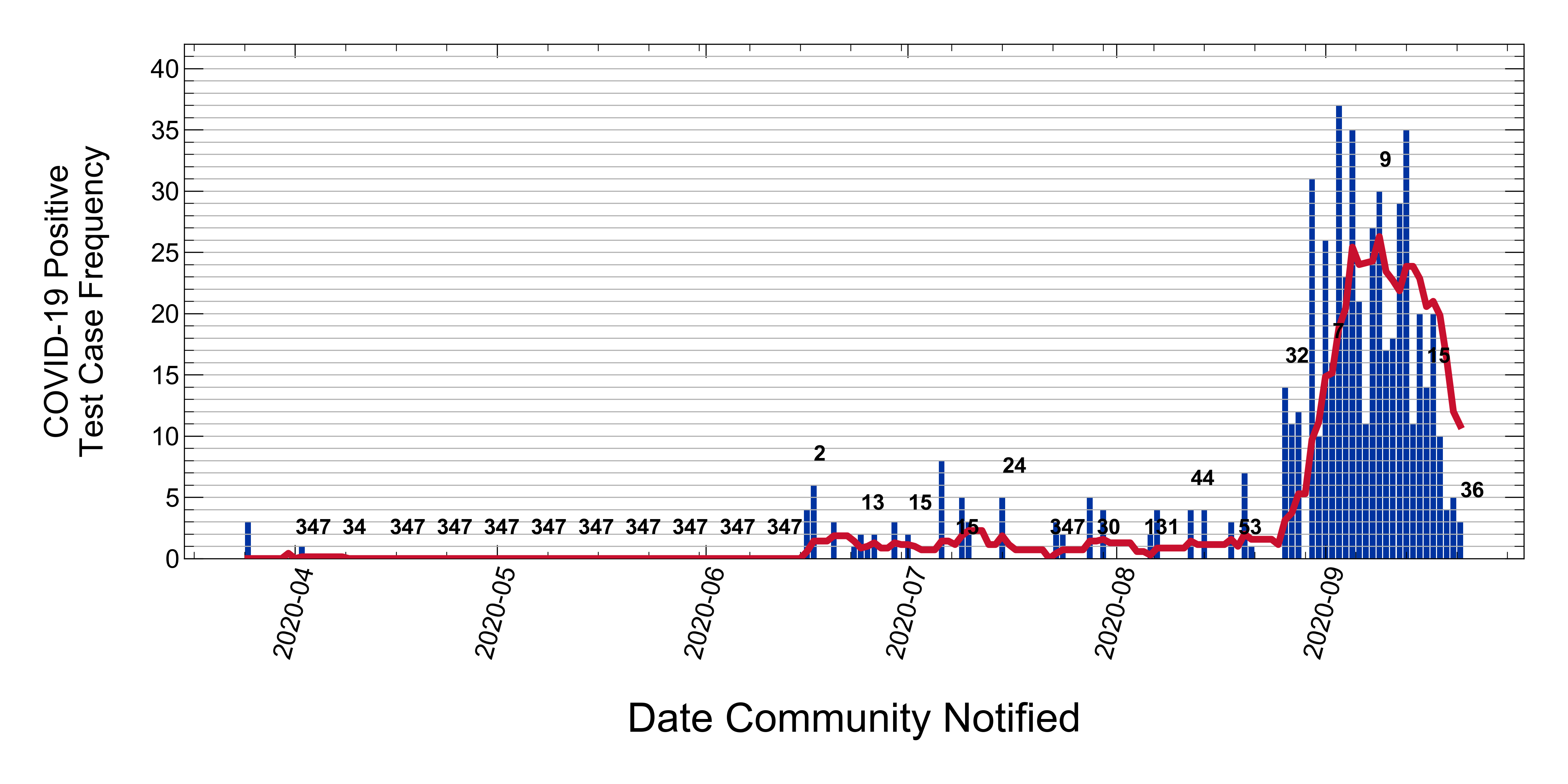In his collection of essays, Profiles of the Future, Arthur C. Clark famously penned three “laws of prediction.” The third of these is the most widely quoted, and simply states that “Any sufficiently advanced technology is indistinguishable from magic.” [1]
While in Fry’s tonight, Jodi and I happened by some floor models of those Dyson “Air Multipliers” – bladeless desktop fans that look like big wedding rings on tiny stands. They blow air just like a fan, but without the use of visible moving blades to push on the air and create the pressure difference. A father and young son happened by at around the same time. “Wow, dad, how does it work?” the son asked.
The father answered simply, “It’s magic.”
I can’t know the father’s state of mind. I can speculate wildly, though. Perhaps he was afraid of looking ignorant in front of his son. Who really knows? But his answer – “It’s magic” – was to me a tragic failure to teach. I don’t care that he didn’t know the answer, but as a teacher myself I do care that he didn’t know that it was okay to say, “I don’t know.”
“I don’t know” are three simple words that are a gateway to knowing. Admitting first that you do not understand is the step toward a shared opportunity to sit down with your child and learn. It has to be a deeply imprinted moment on the mind of a child when they can sit with their parent and together figure out how the Dyson Air Multiplier works. Taking computers apart with my own father was a key experience in my life, one which sticks with me to this day as a total lack of fear of any technology.
I suppose it bothered me more that this particular parent reverted to “magic” to cover their ignorance. I get it. It seems fantastical, a fan without blades. But it also suggests a fear of that technology that renders the mind’s only explanation as something other-worldly or super-natural. Human-created things are not beyond nature, and we mustn’t be afraid to admit we don’t understand them as much as we mustn’t be afraid to tear them apart and find out how they tick.
Incidentally, the way the Air Multiplier works is that it draws in a bit of air through the base and pushes it up into the ring, where it flows along the inside of the ring and then out some small hole on the inner ring surface. The motion of the air is reminiscent of an airplane wing, except that half the air flow takes place inside the surface rather than entirely on the outside. The net effect of all of this motion in through the base and out through the ring is to create a continuous laminar flow of air through the ring.
I like the site referenced in [2] because they’re not afraid to conduct experiments on the device (e.g. block the intake vents and see what happens) or to dismantle it.
[1] “Profiles of the Future.” Arthur C. Clark. Revised, 1973.
[2] http://www.cravingtech.com/dyson-air-multiplier-a-k-a-bladeless-fan-review.html





2 thoughts on “Better to say “I don’t know””
When discussing ideas for a future technology I sometimes used to phrase “..then magically…” to take the place of “… via some method or technology that I currently can’t explain either because I don’t know about it or because it doesn’t yet exist, but I believe could exist…”. The caveat is that I don’t expect this “magic” part to, for example, violate the laws of thermodynamics. I get frustrated when someone challenges my idea by demanding I have a process for every step. I think it is useful allow some “magic” black boxes, as long as it can’t be shown they are impossible. That is something different than showing it *is* possible.
There are different types of magic. There is Harry Potter magic, where there is no energy source to make the snitch fly (or whatever). Things happen because someone says so, with no governing physical laws. Then there is Penn & Teller magic, where I know everything that they do has an explanation that lies in the physical world (camera tricks, wires I can’t see, etc) even if I don’t know what it is. We can clarify the semantics by calling the first “sorcery” and the second “magic”. It is VERY disturbing to think of technology as sorcery, but not unreasonable to classify it magic. I could do an experiment on Penn & Teller’s set-up (view from another angle, test for wires) and eventually understand why it works.
It would be nice if there was a short word for “something that works, but I don’t know why/how” that wasn’t magic.
I would go with “mystery.” A mystery is something that has an explanation – it just needs to be solved. “Magic” implies unnatural forces. Technology may be indistinguishable from magic, but that doesn’t make it inexplicable.
Compare http://www.thefreedictionary.com/dict.asp?Word=magic and http://www.thefreedictionary.com/dict.asp?Word=mystery. The leading definitions for “mystery” are inherently solvable, while those for magic are really not.